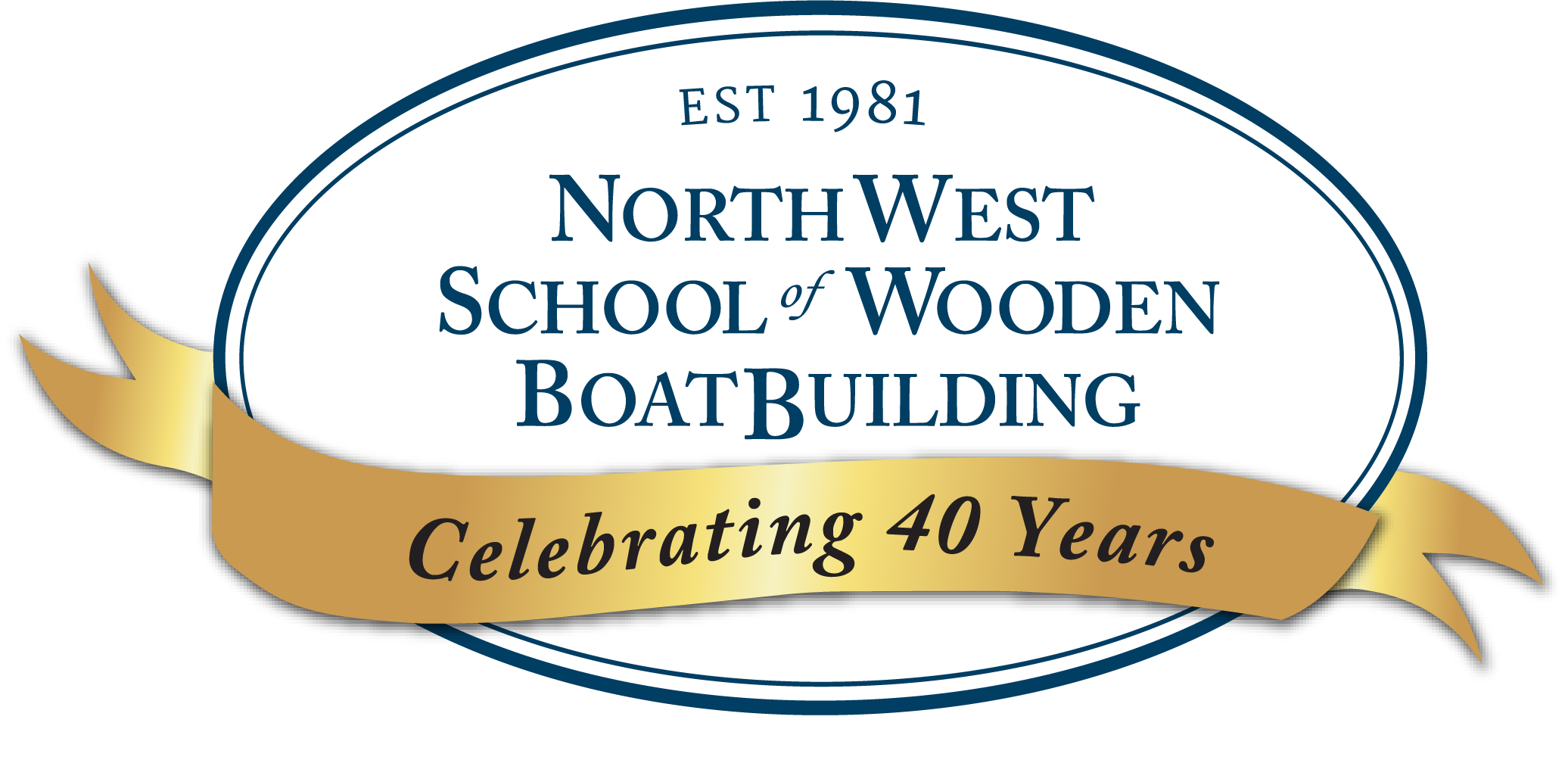About the time I was lamenting absence of contact with nautical craft, we get a reprieve. Escape one came with a trip to Port Townsend’s “Boat Haven.” A working shipyard with an interesting collection of commercial, military, and recreational craft. If it floats—regardless of hull material—a boat in the Northwest is likely to be found in the Boat Haven at some point or another. This is a field trip for adults absent the ubiquitous yellow school bus.

Adding further intellectual amusement to our days at Port Hadlock, we were subsequently offered the opportunity to wander through Edensaw Woods and the Port Townsend Foundry. Edensaw Woods is an “adult” store for woodworkers. Opened by a pair of Northwest School of Wooden Boatbuilding graduates, Edensaw claims to have approximately 1 million board feet of lumber on hand and provides access to a sea of tools. Throw in access to their millwork shop and…well…you have a collection of awestruck students.
The Port Townsend Foundry is a story in and of itself. Opened in 1983, the Foundry specializes in casting marine hardware. These are artisans of the metal world; keeping in mind many of their models are first developed in wood. In essence, becoming a Foundry specialist means you will have to master some of the same skills we are honing on a daily basis. An eye-opener for people who thought wood was just a quaint construction material employed in homes and floating objects.
Thinking of floating objects, escape from the drafting wizards meant we were dispatched to construct a half-plane model of the hull so laboriously sketched out on each desk in the classroom. Sounds simple. Take the plans you have just developed, select an appropriate 10 feet of 1 x 11 inch pine, and then draw each of the water line breaks on a stacking basis to arrive at a three-dimensional artifact of the drawing you have come to loath.
Sounds simple—execution is another story.
The lines for each of the eight pieces you are about to sketch and then cut from the pine planks are resident on those carefully drawn drafts. Just pick up a pair of calibers and start transferring the dimensions from paper to wood. Then casually wander over to a band saw and set about cutting out each of the pieces. (As you might suspect, I am using the term “casually” quite sarcastically here…the sawing process is mentally and physically challenging…no one wants to have to cut a second set of waterlines…even when they are only 16 inches long.)
Now for the fun part. Stack the resulting pieces together so they may be glued and carved into a model reflecting your drawing. No mean feat. Welcome to the common toothpick. What quickly becomes apparent is that stacking all that lumber and glue is a slippery affair unless you figure out a means of keeping the various levels attached while going through an assembly process. This is where the toothpicks come in.
As you are going to have to carve the hull shape into this collection of pine slicings, screws are out. So for each layer a couple of holes are drilled to insert the toothpicks and then glue is applied. Works like a charm, but I never thought I would be using my claw hammer to drive toothpicks into lumber. Back to that whole thing about being a boat school where one is in danger of learning new things here.


Once the basic shape is glued and clamped it’s time to work on the next skill. Dovetails.
Sigh.
I am no “natural” at dovetails. The Jedi Masters (aka instructors) torture us with a film of the dovetail savants. There are people who seemingly cut perfect dovetails without employing measurement or marking. Not me. At this point I must have cut 50 dovetails and the glue is not yet dry on the half-plane model. Practice, practice. Homework for the evening. I just wonder what the neighbors think when I sit in the shop and turn perfectly good lumber into scrap.
Back to the boat. Once glue has set and the resultant product is clamped into place it’s time for the draw knife, spoke shave and hand plane. All that sharpening time is now going to pay off. I will get to spend the next eight hours carving the rough cut form into a hull form worthy of running hands over a baby’s bottom.
Yes, you read that correctly. A well-formed half-plane hull model should feel as smooth as a baby’s behind. It’s an instinctive thing, not easily explained. For some reason, many of us just come to the realization the hull shape is right because it feels right. Some things in life defy science and mathematical explanations.

Don’t laugh. More than one old master of this craft built a model and then backed the design off onto paper after sensing the dimensions were perfect for sliding through water.
And with that we come to the end of another week at the Northwest School of Wooden Boatbuilding. Oh, before I depart to work on more dovetails, a positive note to keep motivation in proper trajectory. The livery class has now provided all of us an opportunity to employ rowboats constructed by previous students. Suffice it to say there is nothing more satisfying than messing about in boats—off to row.
